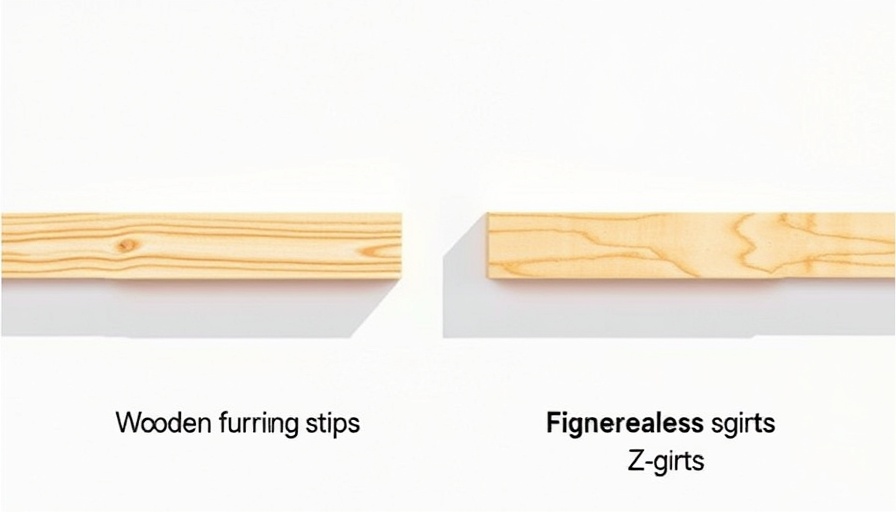
Understanding the Importance of Choosing the Right Material
When it comes to securing continuous thick exterior insulation on buildings, the choice between wooden furring strips and fiberglass Z-girts is significant. Both materials serve the same functional purpose but differ in terms of durability, insulation, and environmental impact.
Wooden Furring Strips: Pros and Cons
Wooden furring strips have been used traditionally in construction projects due to their availability and low cost. They provide decent insulation and can be easily cut and installed by builders. However, they are susceptible to moisture, which can lead to mold and degradation over time. In regions with high humidity, this could result in additional maintenance costs and potential health hazards for occupants.
Fiberglass Z-Girts: A Modern Choice
In contrast, fiberglass Z-girts are a modern alternative that offers several advantages. Not only are they resistant to moisture, but they also provide superior strength without adding significant weight to the structure. This makes them an excellent choice for buildings that require durability and long-term performance.
Environmental Considerations
From an environmental standpoint, selecting the right insulating material can significantly affect overall building performance. Wooden furring strips may contribute to deforestation if sourced unsustainably, whereas fiberglass Z-girts often incorporate recycled materials, making them a greener choice. For environmentally-conscious builders and architects, this aspect is increasingly important.
Industry Perspectives
Industry professionals have differing opinions on these materials. Some emphasize the familiarity and reliability of wooden furring strips, especially in residential projects, while others point out the advantages of moving toward innovative materials like fiberglass. This debate reflects a broader trend within construction toward sustainability and efficiency.
Making an Informed Decision
Ultimately, the choice between wooden furring strips and fiberglass Z-girts should be based on specific project needs, financial constraints, and environmental considerations. Consulting a building expert can provide tailored insights to guide this decision. As building practices evolve, these conversations will shape the future of sustainable construction.
 Add Row
Add Row  Add
Add 






Write A Comment